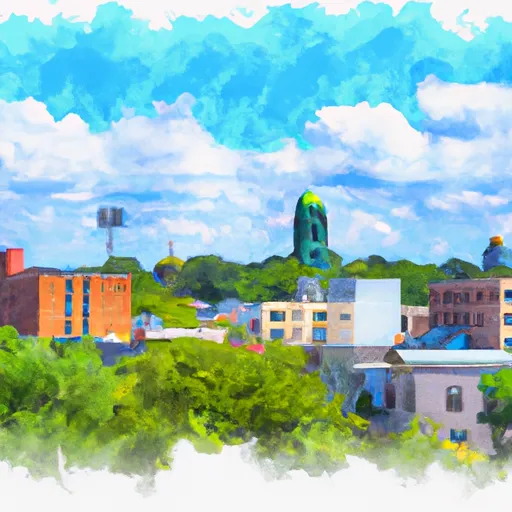°F
°F
mph
Windspeed
%
Humidity











La Motte, Iowa, a small town located in Jackson County, offers a pleasant climate and diverse outdoor recreation opportunities. The town experiences a continental climate, characterized by warm summers and cold winters. Average summer temperatures range from 70°F to 85°F, ideal for outdoor activities. Winters can be chilly, with average temperatures ranging from 10°F to 30°F, offering opportunities for winter sports like ice fishing and snowmobiling.
Hydrologically, La Motte is surrounded by several water bodies, including the Mississippi River to the east and the Maquoketa River to the west. These rivers provide excellent opportunities for fishing, boating, and kayaking. Additionally, nearby Guttenberg Dam and Locks offer scenic views and a chance to observe the navigation of large vessels through the lock system.
Outdoor enthusiasts can also explore the nearby Maquoketa Caves State Park, which offers hiking trails, camping facilities, and the opportunity to explore unique cave formations. The park also features picnic areas and a swimming pool, making it an ideal spot for family outings during the summer months.
Overall, La Motte, Iowa, with its favorable climate, hydrological features, and outdoor recreation options, is a charming destination for nature lovers and those seeking a variety of outdoor activities.
Weather Forecast
La-Motte receives approximately 915mm of rain per year, with humidity levels near 84% and air temperatures averaging around 9°C. La-Motte has a plant hardyness factor of 5, meaning plants and agriculture in this region thrive during a short period during spring and early summer. Most plants will die off during the colder winter months.
Regional Streamflow Levels
133
Cubic Feet Per Second
444
Cubic Feet Per Second
3,220
Cubic Feet Per Second
5,290
Cubic Feet Per Second
Nearby Camping
| Camping Area | Reservations | Toilets | Showers |
|---|---|---|---|
| Babler Memorial State Park | |||
| Klondike County Park | |||
| Rocky Springs - Natchez Trace Pkwy | |||
| South Recreation Composite | |||
| Percy Quin State Park | |||
| Little Sunflower River |



